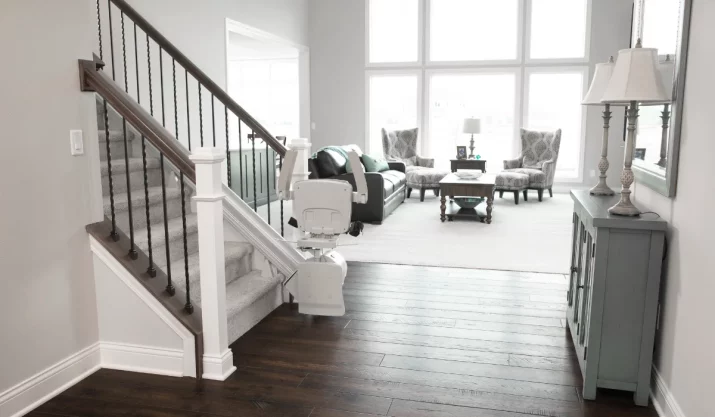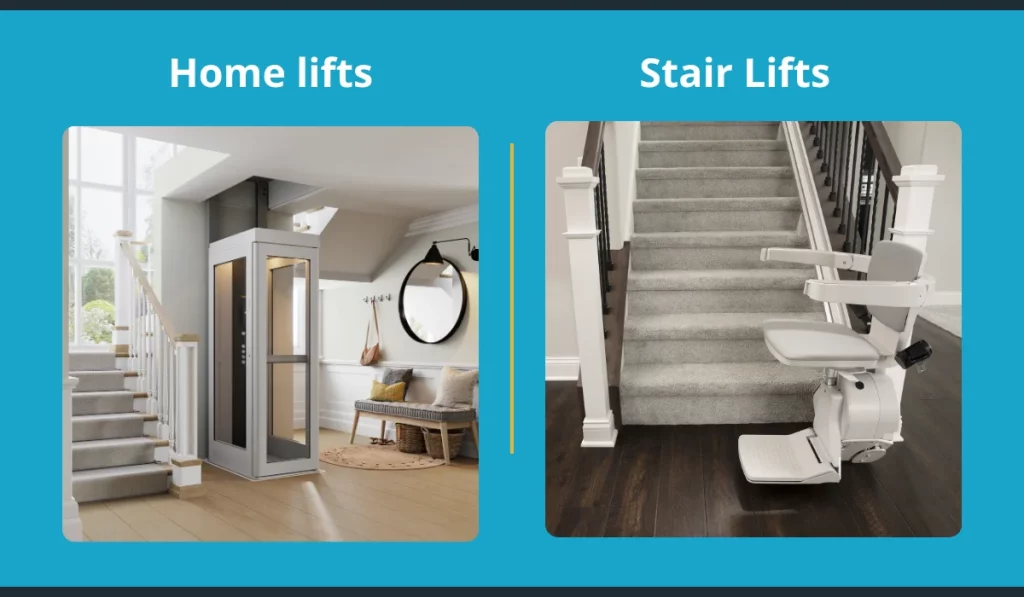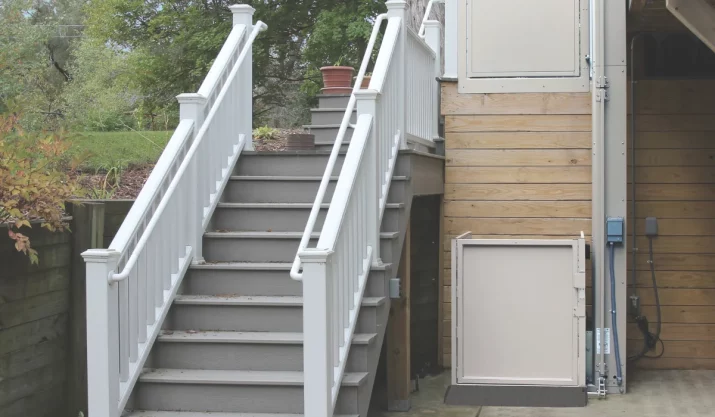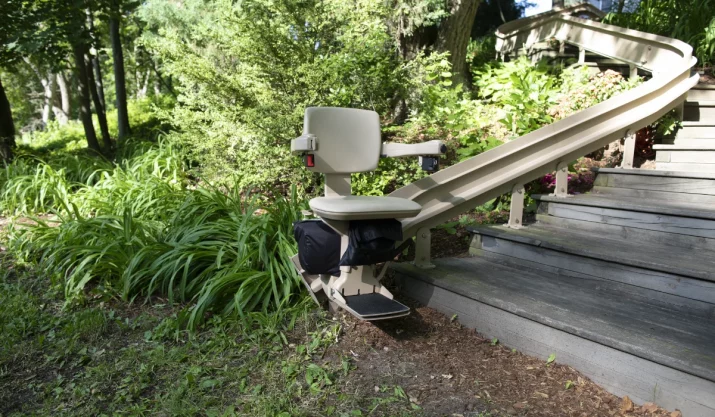When Is It Time to Consider a Home Lift?

Table of Contents
Navigating stairs can become more than just inconvenient; it can become unsafe. If you or a loved one is facing mobility issues, it might be time to consider a home lift. These systems, which include residential elevators and wheelchair lifts, are no longer seen as luxury upgrades. For many homeowners, they’re practical, even necessary.
A home lift can make a world of difference in your daily life. It can give you access to your entire home without the strain of stairs, allow you to stay in a place you love, and provide peace of mind for both you and your family. Whether you’re planning for your future or responding to current mobility challenges, understanding when and why to install a lift is key to making the right decision.
Whether you’re trying to age in place, support a family member with limited mobility, or simply add functionality to your living space, this guide can help you decide when a home lift makes sense for your situation.
Key takeaways
- If stairs are causing fatigue, discomfort, or safety concerns, a home lift may be the right long-term solution.
- Home lifts support aging in place and make multilevel homes accessible for those with limited mobility.
- Choosing the right type of lift depends on your home’s layout, available space, and specific mobility needs.
- A professionally installed home elevator can improve your quality of life and may even increase your home’s resale value.
Signs it might be time for a home lift
1. Stairs are becoming a daily struggle
One of the most common indicators is difficulty using stairs. Maybe your knees don’t bend the way they used to. Maybe a loved one relies on a walker or wheelchair. When getting from one floor to another becomes a source of stress, fatigue, or danger, it’s time to consider safer alternatives, like a home lift or stairlift.
A residential elevator or lift installation offers a smoother, more dignified solution. It’s especially helpful for wheelchair users, who can remain in their chair while accessing every level of the home.
2. You want to stay in your existing home
Moving isn’t always the right answer. If you’re settled in your neighborhood, near family, and close to familiar medical care, installing a home elevator can help you stay put. This is one of the most practical ways to age in place without compromising your independence.
Homeowners who plan and install residential lifts before a crisis hits tend to experience fewer disruptions to their daily life, and they avoid the hassle of emergency renovations later on.
Choosing the right type of home lift
Not all elevators are the same. When planning your home elevator installation, you’ll need to consider:
- Available space: Some lifts need an elevator shaft and machine room; others are more space-saving and designed for retrofit projects.
- Weight capacity: Will the lift accommodate a wheelchair and caregiver? What about groceries or medical equipment?
- Floor plan and layout: Is the staircase in a central location, or would a vertical lift make more sense elsewhere in the home?
- Type of elevator: From hydraulic systems to shaftless designs, each has its pros and cons. Talk to an elevator company that can walk you through the best fit for your needs.
Renovating with the future in mind
A lift doesn’t just improve safety, it can future-proof your home. Adding a home lift during a renovation can be more cost-effective than waiting until you need one. This is especially true if you’re already updating your floor plan or expanding your living space.
Even if you’re in an existing home with limited room, modern residential lifts can often be retrofitted without major structural changes.
Considering cost, value, and resale
It’s true: a home elevator is an investment. But it’s one that often pays off. Beyond the immediate convenience, it can also increase your property value and make your home more attractive to future buyers.
Buyers looking for multigenerational housing or aging-in-place features may see your lift as a key selling point. In some cases, it can even reduce the time your home sits on the market.
Home lifts vs. stairlifts: Which is right for you?

For some people, stairlifts are enough. They’re usually more affordable and quicker to install. But they have limitations, especially for wheelchair users or anyone with serious balance issues. If you’re carrying heavy items or need assistance getting in and out of a chair, a stairlift might not cut it.
Home lifts, by contrast, support full mobility without transferring out of a chair or device. They also allow for shared use by family members, caregivers, or guests.
Safety, codes, and peace of mind
Any lift you install should meet local building codes and safety standards. That includes emergency features like backup power, safety brakes, and clear signage.
Working with a reputable elevator company ensures your installation is not only compliant but also built to last. This adds peace of mind for you and your family.
Is it worth it?
If you’re on the fence, here’s a quick gut check. Ask yourself:
- Have you or a loved one had a fall, or a near fall, on the stairs?
- Are you avoiding parts of your home due to mobility challenges?
- Are renovations already underway or being planned?
- Do you want to stay in your home long term?
If you answered “yes” to any of these, it might be time to explore your options. A home lift isn’t just about convenience; it’s about preserving your quality of life.
Final thoughts
Knowing when to consider a home lift can feel like a tough decision. But it doesn’t have to be overwhelming. You’re not alone; more and more homeowners in California and beyond are choosing lifts to create safer, more accessible homes.
If you’re weighing your options, don’t rush it. Talk to a local elevator company, ask about the installation process, and think about what will serve your needs five, ten, or even twenty years from now. Future-you will thank you.
If stairs are starting to define where you can and can’t go in your own home, it’s time to rethink what accessibility looks like. A home lift isn’t just about convenience; it’s about staying safe, staying independent, and staying home.
If you are in California and ready to explore your options, reach out to California Mobility. We pride ourselves on understanding what your home and you need the most.








